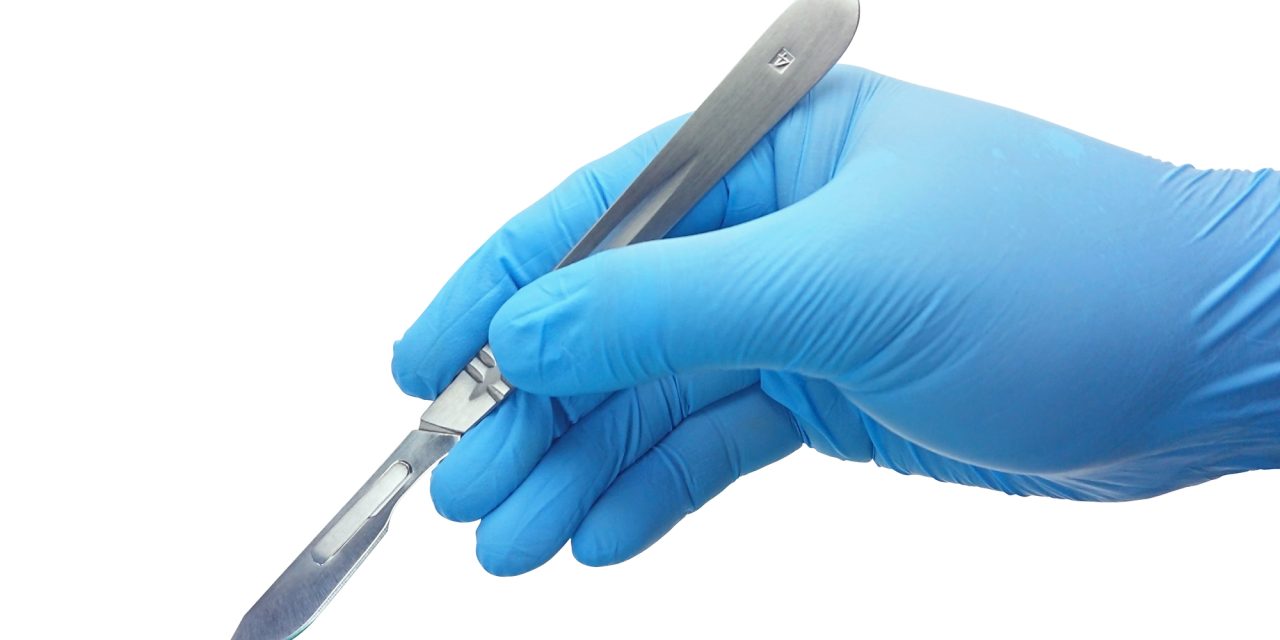Rebuilding mineralized tissues in skeletal and dental systems remains costly and challenging. Despite of numerous demands and heave clinical burden over the world, sources of autografts, allografts, and xenografts are far limited, along with massive risks including viral infections, ethic crisis, and so on. Per such dilemma artificial scaffolds have emerged to provide efficient alternatives. Up to date, cell-free biomimetic mineralization (BM) and cell-dependent scaffolds both demonstrated promising capabilities of regenerating mineralized tissues. However, BM and cell-dependent scaffolds own distinctive mechanisms for mineral genesis, which makes them methodically, synthetically, and functional disparate. In this review, we systematically summarized these two strategies in regenerative dentistry and orthopedics at the level of mechanisms. For BM, we focused on methodological and theoretical advances; and meanwhile for cell-dependent scaffolds we demonstrated how scaffolds orchestrated osteogenic cell fate. Our summaries of experimental advances and clinical progresses will endow researchers with mechanistic understandings of artificial scaffolds in rebuilding hard tissues, by which better clinical choices and research directions may be approached. This article is protected by copyright. All rights reserved.This article is protected by copyright. All rights reserved.
Mechanistically Scoping Cell-free and Cell-dependent Artificial Scaffolds in Rebuilding Skeletal and Dental Hard Tissues.


